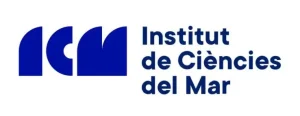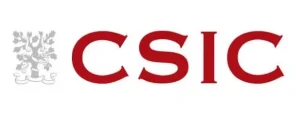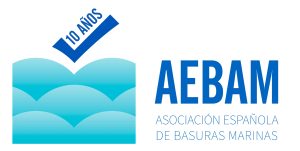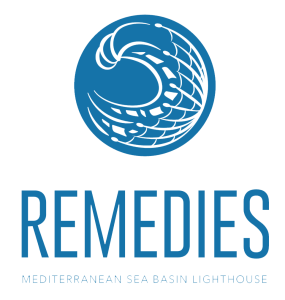How would you improve methods that help to identify and track plastic pollution across riverine and marine systems to enable more targeted cleanup and prevention efforts?
An estimated 11 million metric tons of plastic enter the oceans every year, a number projected to nearly triple by 2040 without significant intervention. Microplastics, which are harder to track, account for a significant portion of this pollution, with over 14 million metric tons already estimated to be on the ocean floor. Marine plastic pollution is difficult to manage without accurate data. Tracking the sources, distribution, and movement of plastic waste in oceans is crucial for developing targeted interventions. However, traditional methods are often limited by their scope, accuracy, or timeliness. Limited data on where plastics are accumulating or how they move through ecosystems hampers effective cleanup and prevention efforts. Therefore, it is important to find approaches supporting more accurate monitoring and tracking measures, including along river networks and estuarine zones that serve as conduits of plastic into the sea. Integrated tracking across riverine-to-marine systems will support more comprehensive interventions.













